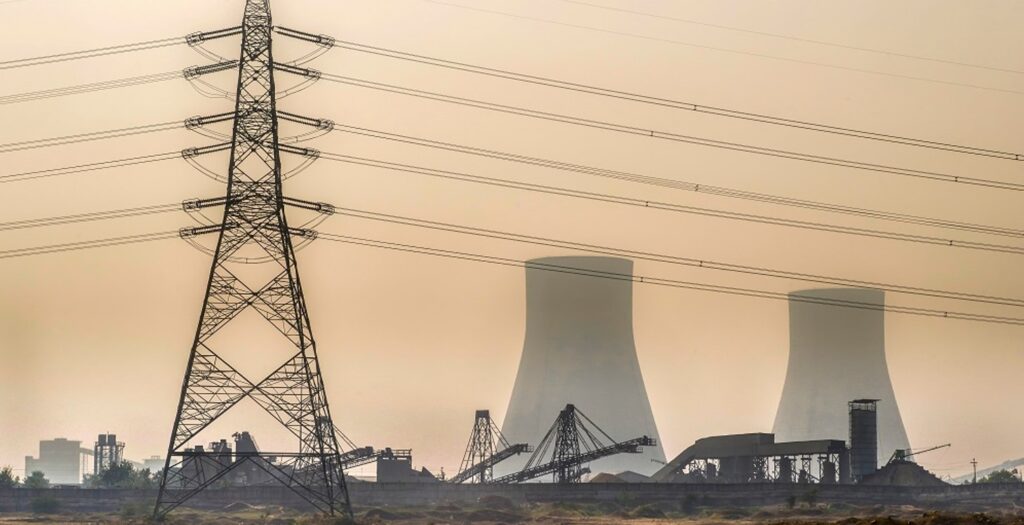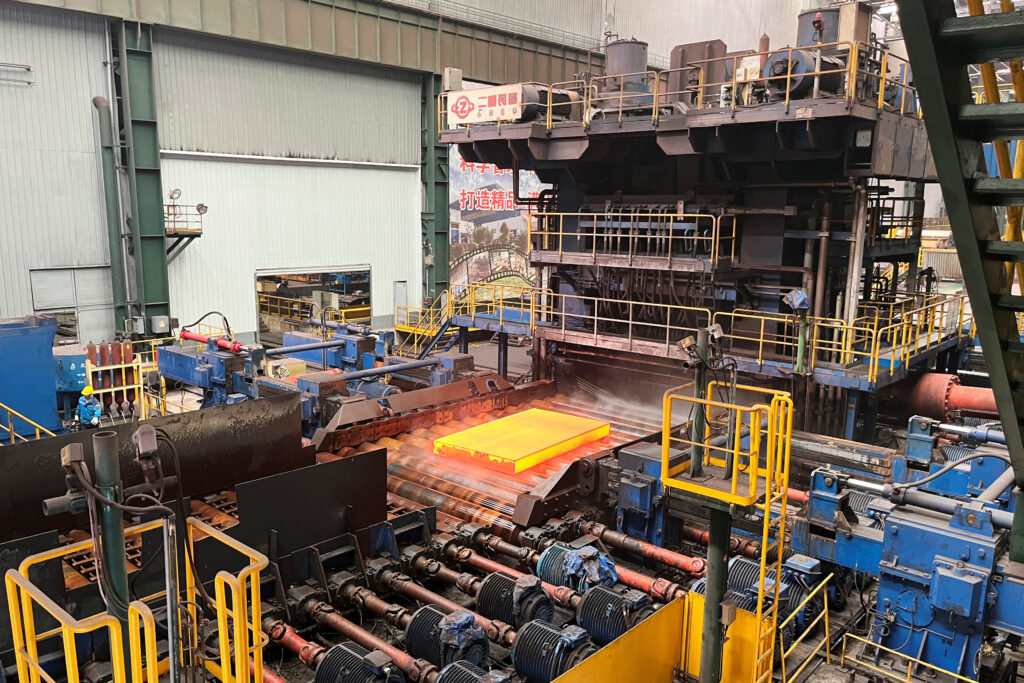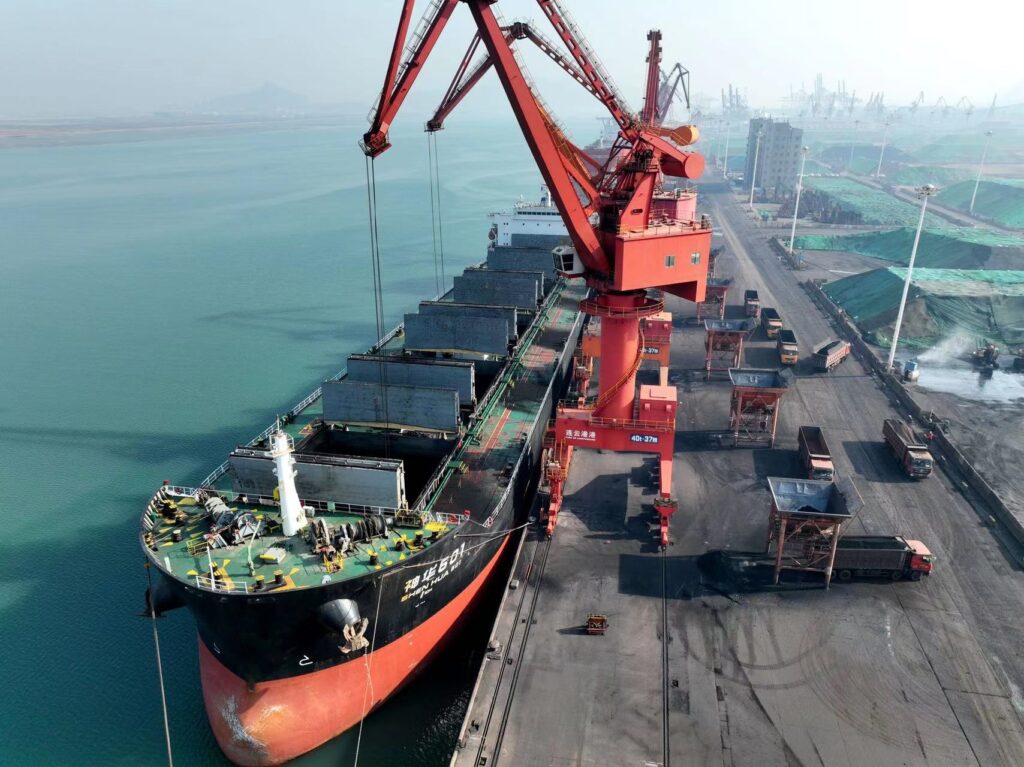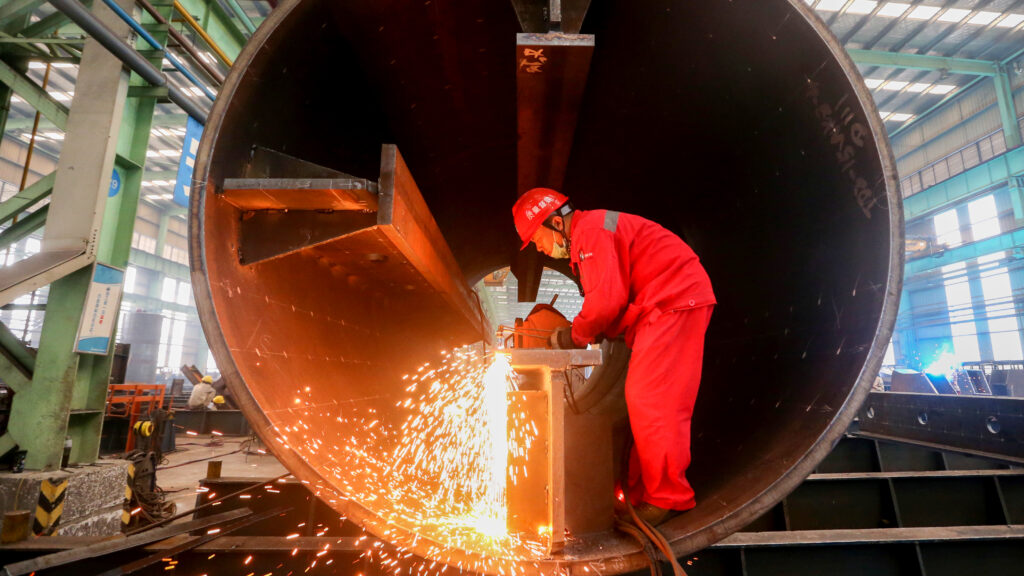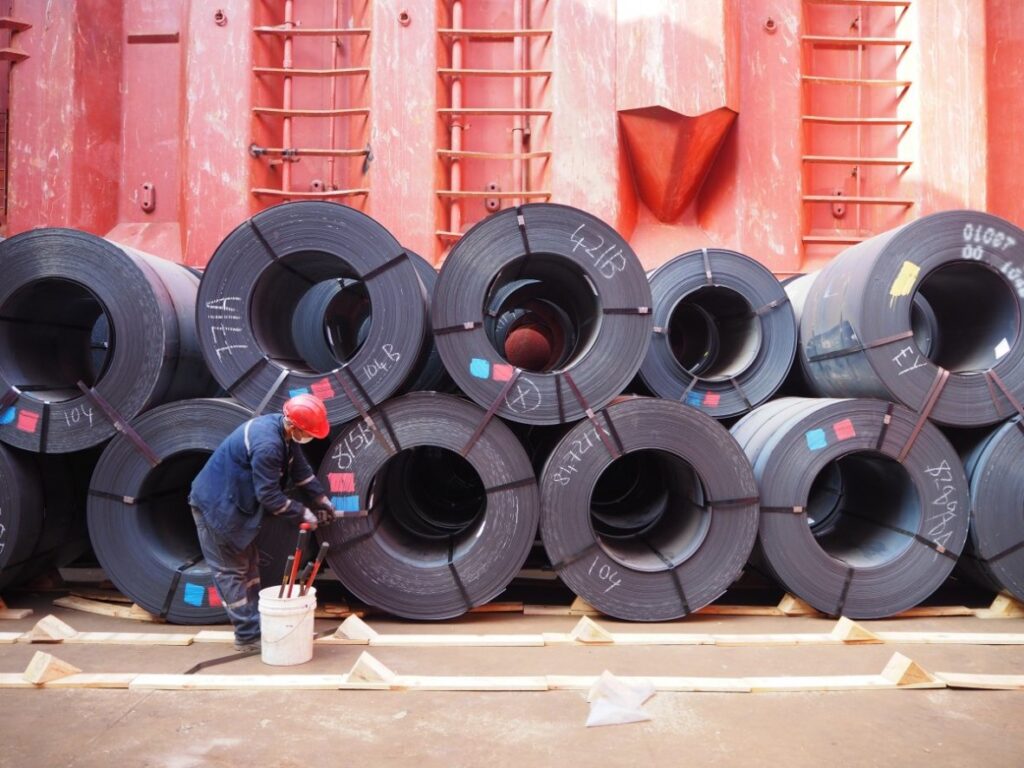The 2nd India Steel & Metal Conference – Supply Chain & Sourcing Strategies organised jointly by SteelMint and the Steel Users Federation of India (SUFI) saw vibrant exchange of views and ideas on some of the most pressing issues confronting metal users and producers today. The 2-day conference witnessed deliberations on a plethora of topics spanning the entire market landscape.
Below are highlights from the conclave:
- Industry estimates show, Chinese steel demand may contract by 1.5-2% in CY’24 due to weak real estate sector outlook. Steel exports may rise marginally from 90 mnt in CY’23 to 120-130 mnt in CY’24.
- Around 18 mnt of capacity addition will happen in India in CY’24. Domestic consumption may not go up by that much. Mills will have to change their strategy, offer different grades and be flexible about pricing in order to compete with Chinese exports in the world market and cater to those markets where there are barriers for China.
- Today, Indian mills have the capacity of supplying high-strength flat steels for automotive and other applications, even for vehicles with 5-star ratings, such as CRC with strength levels of more than 1,100 MPa.
- End-users can minimise dependence on imports if mills focus on high-end grades. Demand for certain special structural grades, grades used in high-end infra and transmission, has increased exponentially. Mills have to catch up to that. However, out of total Indian imports only about 5-6% are grades that are not produced in the country.
- Demand for long steel products are expected to increase around 40 mnt by 2030-31 from 65.5 mnt currently, with government infrastructure projects providing the key boost. However, the steel to cement ratio in India (around 0.35) is very low compared to countries like Japan and South Korea.
- Share of steel frame construction in India is just 10% compared with 60% in the US and 40% in Japan. Light gauge steel frame construction will pick up, as well as pre-fabricated structures, roofing solutions, and pre-engineered buildings driving value-added growth.
- Developments in the steel distribution network have been significant. Flat steel service centres play a key role and there are service centres dedicated to long steel. Service centres can play a vital role in minimising imports by catering to niche demand. Digitisation, warehouse automation, inventory management, digital platforms and marketplaces are trends that will pick up.
- Hedging and risk management tools are developing in India. Domestic exchanges offer market players options to hedge risks in the form of long steel/semis futures. Market participants can also hedge risks in their export/import transactions by using contracts available on overseas platforms such as SGX with regular reporting to AD banker.

- India’s aluminium consumption will grow to 9 mnt by FY’33 from 4.5 mnt in FY’23 driven by steady demand growth in sectors such as building and construction, automotive (+EVs), packaging and pharmaceuticals, consumer durables, commercial vehicles, etc.
- Huge investments in the renewables, EV, transport and mobility sectors will drive copper demand. The domestic industry is expected to grow at 10-12% CAGR to 2.5-3 mnt by 2030 and 5.5-6 mnt by 2047. However, almost 95% dependence on imports for raw materials is a great handicap.


